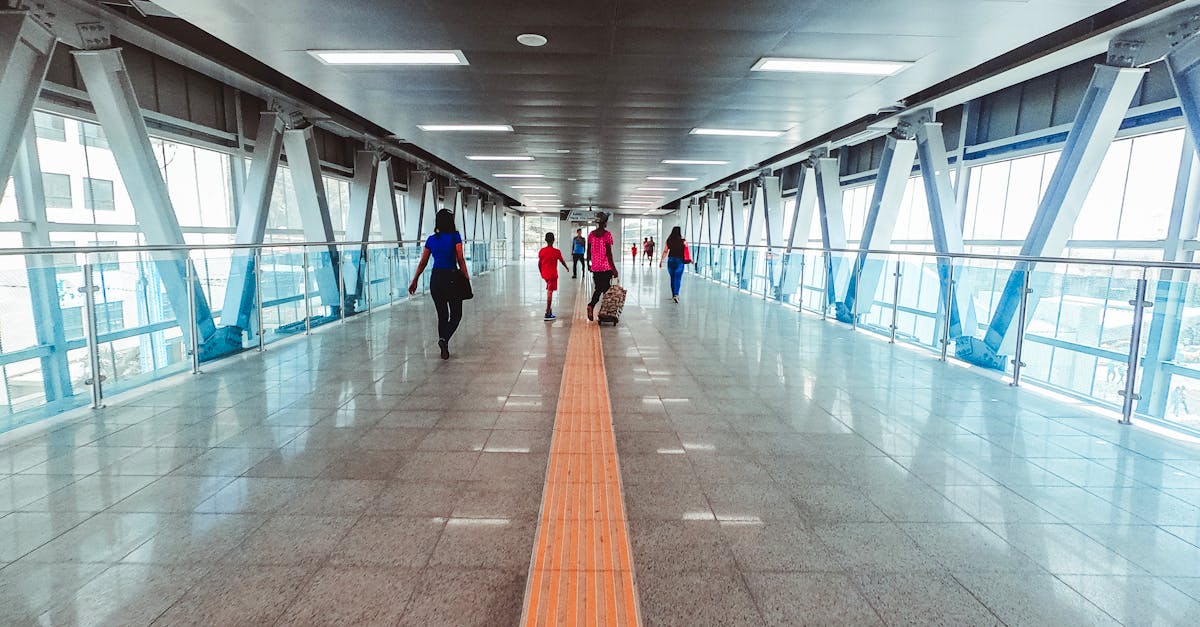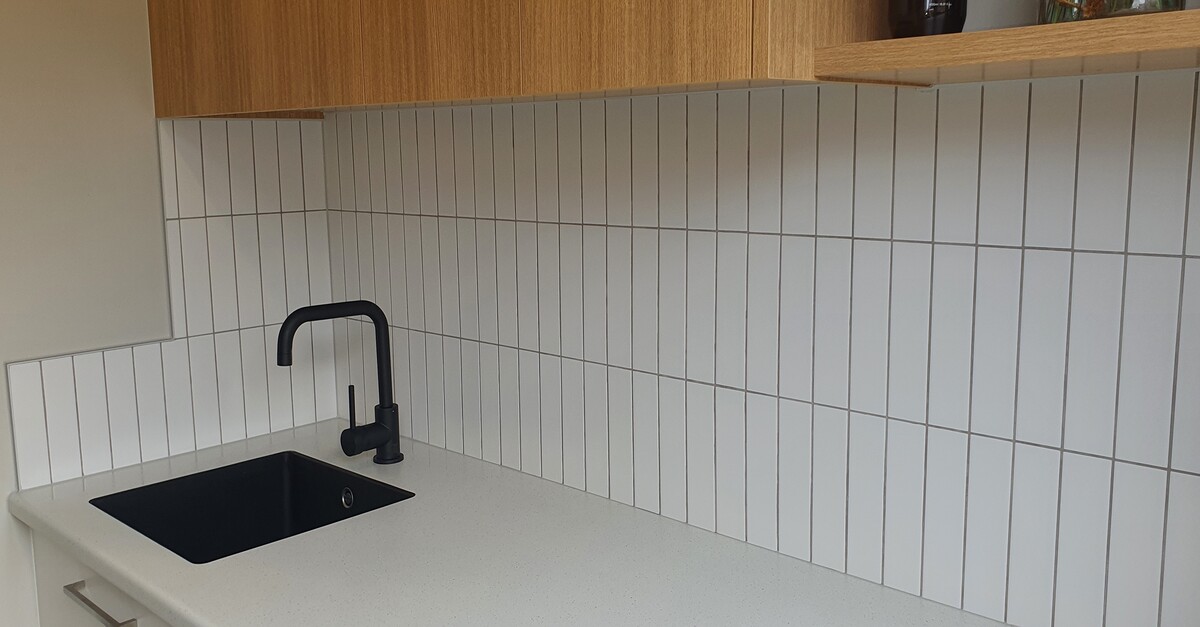
Table Of Contents
Enhancing TiletoSubfloor Bonding
To ensure a durable and long-lasting tile installation, enhancing the bond between the tile and the subfloor is crucial. Proper bonding minimizes the risk of tiles shifting or loosening over time, maintaining the aesthetic appeal of the tiled surface. One effective method for enhancing tile-to-subfloor bonding is to use a high-quality thin-set mortar. This adhesive helps establish a strong connection between the tile and the subfloor, providing stability and preventing potential damage to the tiles.
Another technique to improve tile-to-subfloor bonding is to apply a primer before laying the tiles. Primers create a secure foundation for the adhesive to adhere to, promoting a more robust bond. Additionally, ensuring that the subfloor is clean, level, and free of dust or debris before tile installation is essential for enhancing the overall bonding strength. By implementing these strategies, you can significantly improve the longevity and durability of your tile installation.
Using Uncoupling Membranes
When it comes to ensuring a strong and durable bond between tiles and the subfloor, using uncoupling membranes is a common method employed in the Tile Installation process. These membranes act as a barrier between the tile and the subfloor, allowing for some degree of movement without affecting the tile adhesive’s integrity. By using uncoupling membranes, any stress or movement in the subfloor is absorbed by the membrane, preventing cracks in the tiles and ensuring a longer-lasting tile installation.
Additionally, uncoupling membranes provide waterproofing benefits, which is crucial in areas prone to moisture or humidity. These membranes help to protect the subfloor from water damage, ultimately enhancing the longevity of the tile installation. By incorporating uncoupling membranes into the tile installation process, not only is the bond between the tile and subfloor improved, but the overall durability and resilience of the tiled surface are also significantly enhanced.
Specialized Tile Adhesive Solutions
When it comes to ensuring a durable and lasting Tile Installation, opting for specialized tile adhesive solutions is key. These adhesives are specifically formulated to provide superior bonding between tiles and the subfloor, enhancing the overall longevity and stability of the tiled surface. They come in various types to cater to different tile materials and subfloor conditions, offering a reliable solution for achieving a secure tile installation.
Specialized tile adhesive solutions commonly include polymer-modified thin-set mortar, mastic adhesives, and epoxy-based adhesives. These adhesives are designed to withstand the pressure, moisture, and daily wear and tear that tiled surfaces typically endure. By selecting the right adhesive for your specific tile type and subfloor material, you can significantly improve the adhesion strength and overall performance of your tile installation.
Epoxybased Adhesive Systems
Epoxy-based adhesive systems are a popular choice for ensuring a strong and durable bond during tile installation. These adhesives consist of two-part formulas that need to be mixed before application. The epoxy resin and hardener create a chemical reaction that results in a robust and lasting adhesive, ideal for areas with high moisture or heavy foot traffic.
Tile installation professionals often recommend epoxy-based adhesives for challenging tiling projects where long-term durability is crucial. The adhesive's high bond strength provides excellent support for various tile types, including large format tiles or heavy natural stone materials. When using epoxy-based adhesive systems, it is essential to follow manufacturer guidelines carefully to achieve the best results in your tiling project.
Importance of Proper Curing Time
Proper curing time is a crucial aspect of ensuring the success of a tile installation project. This critical phase allows for the adhesive used to bond the tiles to the subfloor to set and dry effectively. Rushing through this process can lead to a weak bond between the tiles and the subfloor, ultimately compromising the durability and longevity of the tiled surface. Hence, allowing sufficient curing time is imperative to achieve a strong and lasting tile-to-subfloor bond.
The exact duration required for proper curing can vary depending on factors such as the type of adhesive used, the size and type of tiles, and the prevailing environmental conditions. It is advisable to follow the manufacturer's instructions regarding curing time to achieve optimal results. Skipping or shortening the curing period can result in tiles that are prone to shifting, cracking, or even detaching over time. Patience during the curing process is key to ensuring a successful and durable tile installation that will stand the test of time.
Allowing Sufficient Drying Period
After completing the Tile Installation process, one crucial step that can often be overlooked is allowing a sufficient drying period. Allowing the adhesive used to set properly is essential for ensuring the durability and longevity of the tiles. Rushing this step can lead to tiles not adhering securely to the subfloor, resulting in potential issues such as uneven surfaces or even tiles becoming loose over time.
The ideal drying period can vary depending on the type of adhesive used and the specific environmental conditions of the installation site. Factors such as temperature and humidity play a significant role in the drying time required for the adhesive to cure effectively. It is advisable to follow the manufacturer's recommendations for drying times to guarantee that the tiles are firmly bonded to the subfloor and will stand the test of time.
FAQS
What is the purpose of using uncoupling membranes under tile?
Uncoupling membranes provide a protective layer that helps prevent cracks in the tile caused by movement in the subfloor. They also enhance the bond between the tile and subfloor.
How do specialized tile adhesive solutions help in making the tile stick?
Specialized tile adhesive solutions are formulated to provide a strong and durable bond between the tile and the subfloor. They are designed to withstand different environmental conditions and ensure long-lasting adhesion.
What are the benefits of using epoxy-based adhesive systems for tiling?
Epoxy-based adhesive systems offer superior bonding strength and chemical resistance, making them ideal for areas with high moisture or heavy foot traffic. They also provide excellent durability and flexibility.
Why is it important to allow proper curing time for the tile adhesive?
Proper curing time ensures that the adhesive has enough time to set and create a strong bond between the tile and the subfloor. Rushing the curing process can result in poor adhesion and premature tile failure.
How long should you wait before walking on newly tiled floors?
It is recommended to allow sufficient drying period for the adhesive to cure completely before walking on newly tiled floors. This period can vary depending on the type of adhesive used, but typically ranges from 24 to 48 hours.



